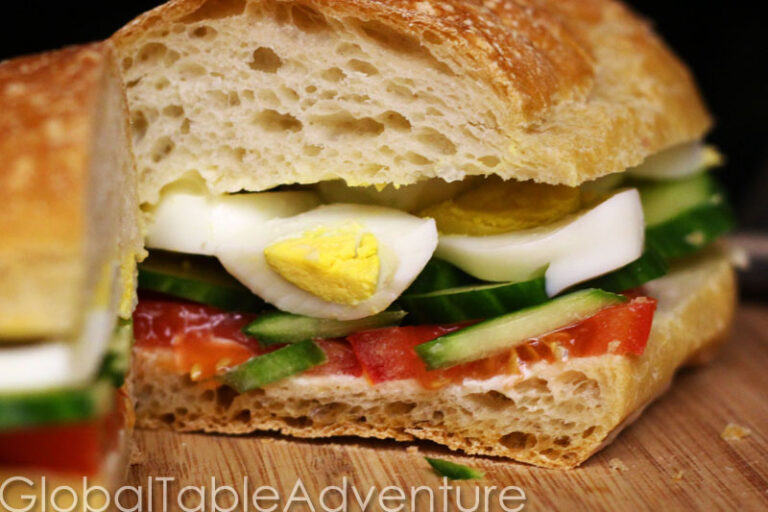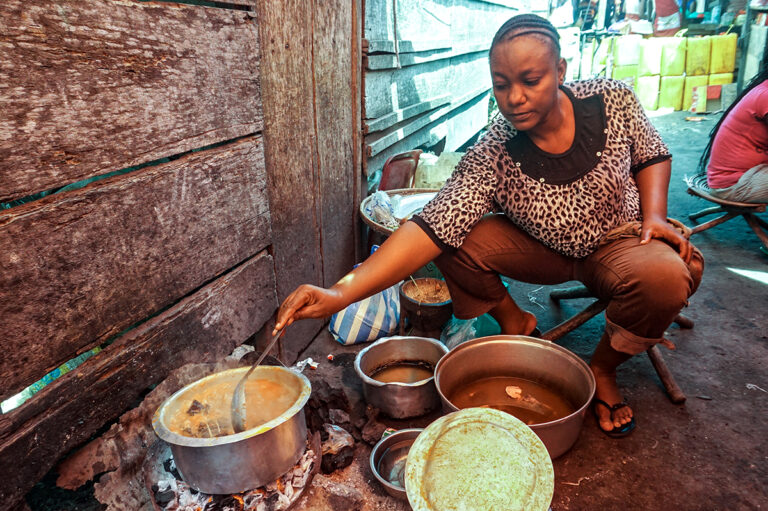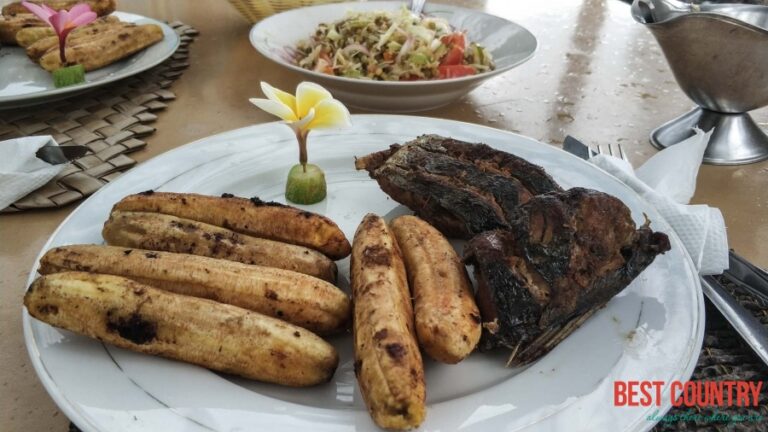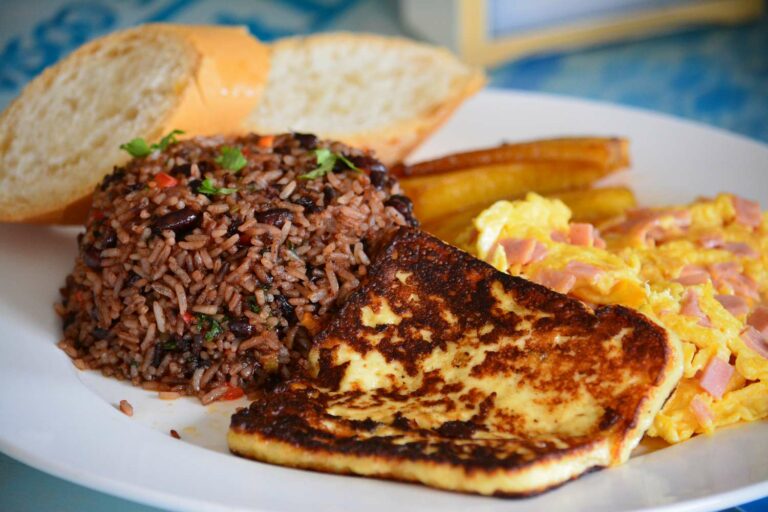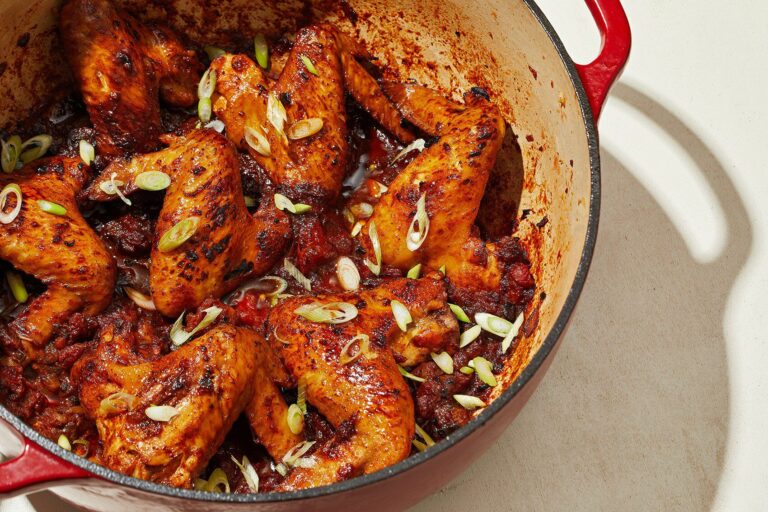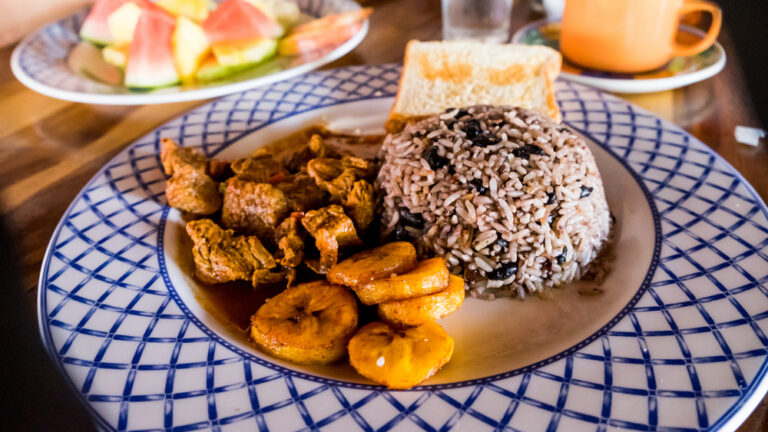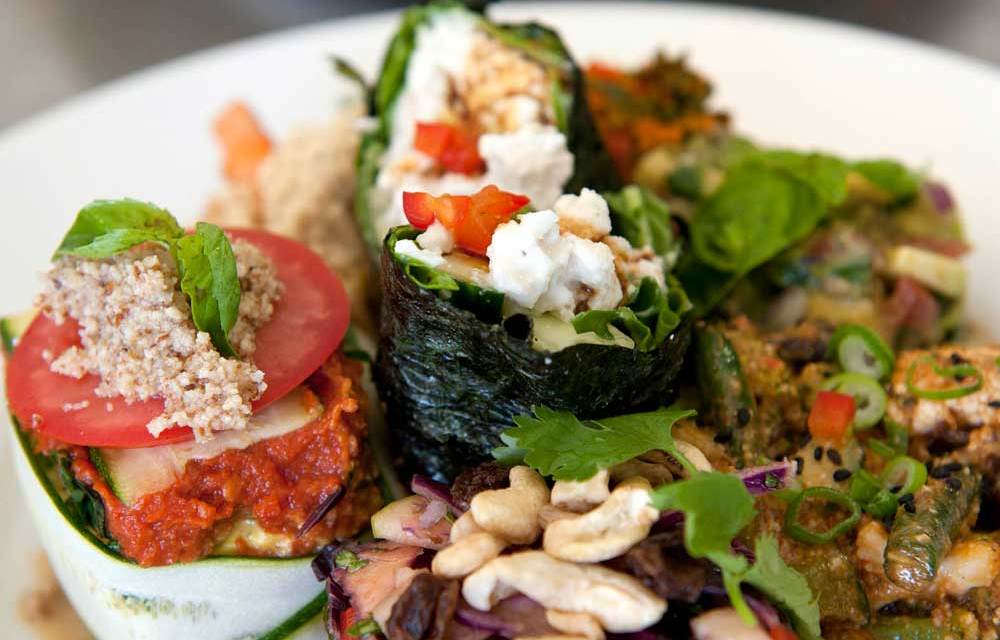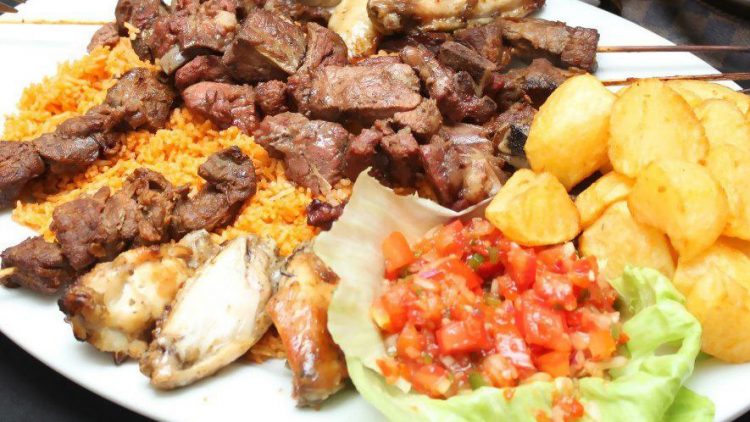Introduction to Street Food in Comoros
Comoros is an archipelago situated off the eastern coast of Africa, in the Indian Ocean. The country is known for its stunning beaches, rich culture, and delicious cuisine. One of the best ways to experience the local food culture in Comoros is by exploring its street food markets, where you can find a variety of tasty and affordable dishes.
Street food in Comoros is a blend of African, Arabic, and French influences, reflecting the country’s colonial history and diverse population. Some of the most popular street foods in Comoros include grilled seafood, samosas, fried bananas, and cassava chips.
Street Food Markets in Comoros
Comoros has several street food markets that offer visitors a chance to sample local delicacies and experience the vibrant atmosphere of the island nation. Here are some of the best street food markets to check out in Comoros:
Mutsamudu Street Food Market
Located in the city of Mutsamudu on the island of Anjouan, Mutsamudu Street Food Market is a popular spot for locals and tourists alike. The market offers a variety of grilled seafood, including octopus, fish, and prawns, as well as samosas, crepes, and fresh fruit juices.
Iconi Street Food Market
Iconi Street Food Market is situated in the capital city of Moroni on the island of Grande Comore. The market is known for its mouthwatering grilled meats, such as chicken, beef, and goat, as well as cassava chips and sweet potato fries.
Moroni Street Food Market
Moroni Street Food Market is also located in the capital city of Moroni and is a great place to experience Comorian street food culture. The market offers a range of dishes, including fish kebabs, coconut bread, and grilled plantains.
Best Street Food Areas in Comoros
Aside from the markets mentioned above, there are other areas in Comoros that are worth visiting for their street food offerings. Some of the best street food areas in Comoros include the beaches of Grande Comore, where vendors sell fresh seafood, and the small towns along the coast of Mohéli, where you can find a variety of local specialties.
Street Food Safety in Comoros
While street food is delicious and a great way to experience local culture, it is important to be aware of food safety issues when eating street food in Comoros or any other country. Visitors should only eat food that is cooked fresh and hot, avoid any food that looks or smells questionable, and drink only bottled water.
Conclusion: Exploring Comoros’ Street Food Scene
Comoros is a hidden gem in the Indian Ocean, offering visitors a unique cultural experience and some of the best street food in the region. From grilled seafood to cassava chips, Comorian street food is a must-try for any food lover. By exploring the street food markets and areas mentioned above, visitors can sample a variety of dishes and immerse themselves in the local food culture of Comoros. However, it is important to take necessary precautions to ensure a safe and enjoyable experience.

